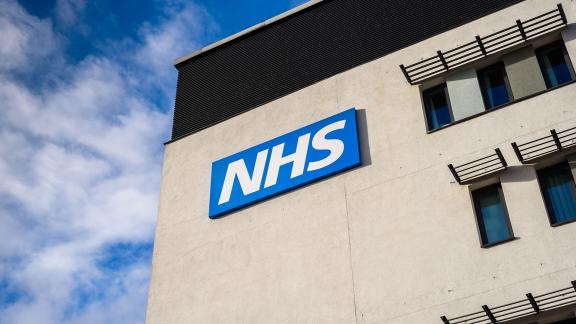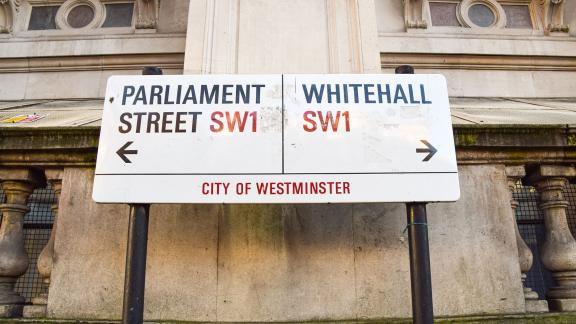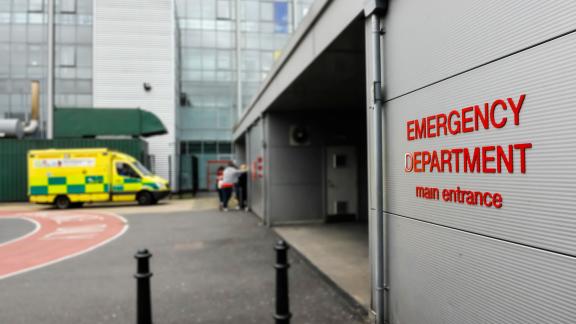NHS Confederation responds to NHS Staff Council meeting

Responding to the outcome of the NHS Staff Council meeting that took place this afternoon, Matthew Taylor, chief executive of the NHS Confederation, said:
“Health leaders will welcome confirmation that the NHS Staff Council has voted as a majority to accept the government’s pay offer as it will give most NHS workers in England certainty about their pay after several months of negotiation and disruption.
“It is now incumbent on the government to implement the deal as soon as possible and to make sure that local NHS leaders do not have to cover the increased cost from their existing budgets. Failure to do this would have an extremely negative impact on patient care at a time when there are still millions of people on waiting lists. The government promised previously that there will be no impact on frontline services or to the quality of care as a result of the offer, which must be reflected in the additional funding that now emerges. The budget set by the Chancellor in March only allowed for a 3.5% rise, which falls short of the 5% that has just been accepted by the NHS Staff Council.
“Also, health leaders are concerned that with four trade unions remaining in dispute with the government over this deal that the worrying prospect of further industrial action remains. Added to that, health leaders are eager for a resolution to be agreed between the government and BMA as the last junior doctors strikes saw 196,000 appointments and planned procedures needing to be postponed.
“So, while the NHS Staff Council outcome is very positive news overall, it is not the line in the sand that will allow the NHS and those relying on its care, to confidently move on from the threat of future strikes, or from the underlying issues affecting the NHS that led to this activity being felt as necessary in the first place.
“There are 124,000 vacancies across the NHS in England and health leaders need the government’s imminent workforce plan to set a clear roadmap to ensure services have the right numbers and mix of workers to deliver for patients, and that existing staff do not feel in a perpetual state of burnout.”


